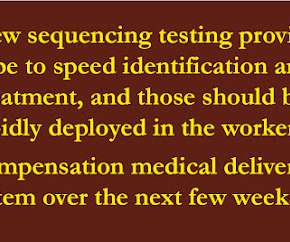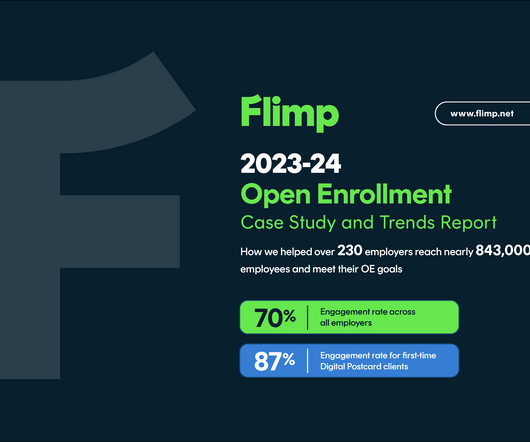Tariffs and Health Benefits: The Hidden Cost Employers May Not Be Able To Ignore
CorpStrat
APRIL 30, 2025
But heres the hidden truth: tariffs may quietly drive up the cost of employer-sponsored health benefits, affecting your bottom line and your ability to attract and retain talent. How Do Tariffs Connect to Health Insurance? 3 Key Ways Tariffs may Impact Employer Plans 1. What Can Employers Do? And then the patient.












Let's personalize your content